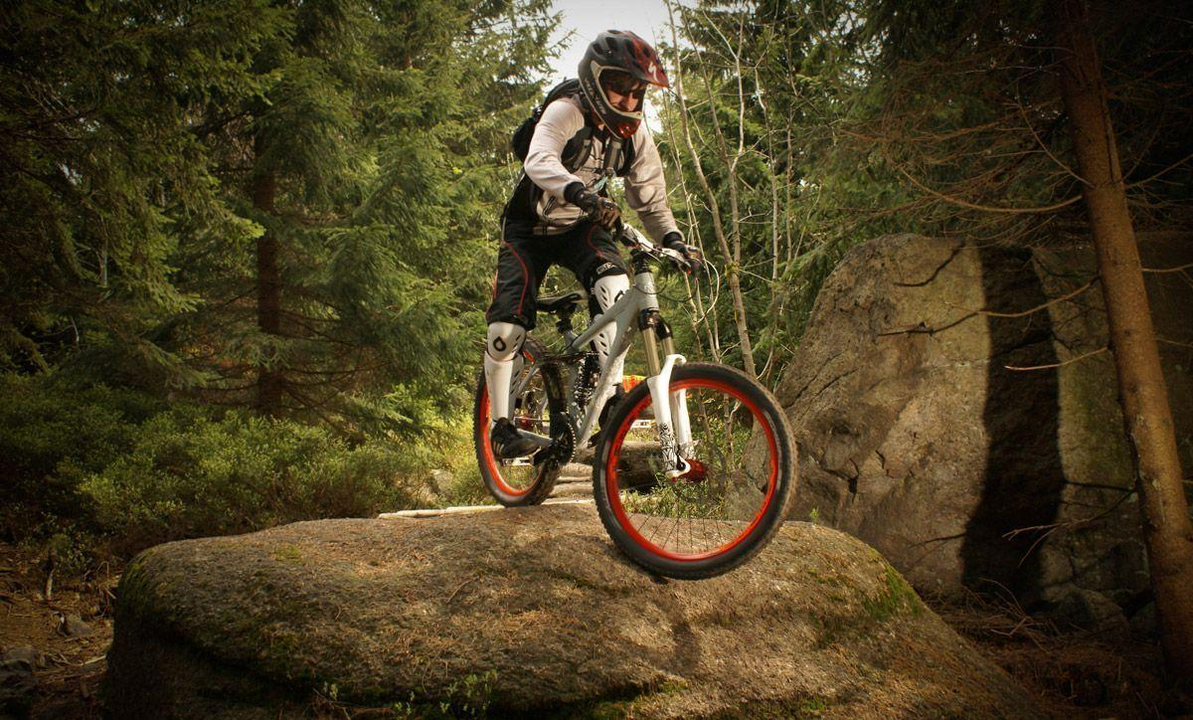Mountain Bike Maintenance and Repair: Keep Your Ride Ready for Any Trail
Ever thought about why some riders glide over rough terrain while yours feels sluggish? It often comes down to how well you look after your bike. Simple habits like cleaning the drivetrain and checking tire pressure can mean the difference between a smooth ride and a busted chain. Let’s break down what you really need to do, without the jargon.
Everyday Checks: The 5‑Minute Routine
Before you head out, spend just a few minutes on a quick visual scan. Look at the brake pads – are they worn down to the metal? Give the tires a squeeze; they should feel firm but not rock‑hard. Spin the wheels; any wobble suggests a loose axle or a damaged rim. Finally, push the lever for the suspension; it should move smoothly, not grind or stick. Doing this routine daily catches small problems before they become costly repairs.
Core Maintenance: What to Do Every Few Weeks
When you’ve logged a handful of rides, it’s time for a deeper dive. Start with the drivetrain. Use a soft brush and a degreaser to clean the chain, cassette, and chainrings. After cleaning, dry everything and apply a fresh layer of bike‑specific lubricant – a drop per link is enough. Next, check the headset and bottom bracket for play; tighten any loose bolts but avoid overtightening, which can strip threads.
Suspension forks and rear shocks need attention, too. Most modern units have a low‑maintenance design, but you should still inspect the seals for cracks and top off the oil if the bike feels too soft. If you notice oil leaking or a distinctive squeak, it’s worth sending the fork to a shop for a full service.
Brakes are a safety issue, so don’t skim over them. For disc brakes, clean the rotors with isopropyl alcohol and check the pads for even wear. Replace pads when they’re down to the wear line – riding on worn pads reduces stopping power and can damage the rotor.
Tires deserve more than just air checks. Look for cuts, embedded debris, or cracked sidewalls. If you spot a small cut, a quick patch can extend the tire’s life; larger damage means replacement. Remember, the right pressure depends on your weight and trail conditions – a good rule of thumb is 30‑35 psi for moderate terrain, a bit lower for soft, loamy ground.
Now, let’s talk about the parts that get destroyed easily – the ones the post "Which part of the mountain bike gets easily destroyed?" highlights. Wheels, handlebars, suspension, and brakes take the brunt of rough trails. Reinforce your wheels with tubeless setups to avoid flats, and consider a stronger handlebar grip if you find yourself constantly adjusting. A well‑maintained suspension will protect both the frame and the rider from harsh impacts.
If something does break, don’t panic. Most common issues – a bent derailleur hanger, a cracked chainring, or a loose brake lever – can be fixed with basic tools. Keep a compact repair kit in your pack: a multi‑tool, spare tube, tire levers, and a mini pump. Knowing how to replace a chain or adjust the front derailleur on the trail can save you hours of downtime.
Finally, schedule a professional tune‑up at least once a year. A bike shop can spot hidden wear, true the wheels, and give the suspension a thorough service. Pairing professional checks with your own regular care keeps the bike performing at its best and extends its lifespan.
In short, treat your mountain bike like a trusted partner. A few minutes of daily inspection, a deeper check every few weeks, and an annual shop visit will keep you on the trail, riding hard and staying safe.



